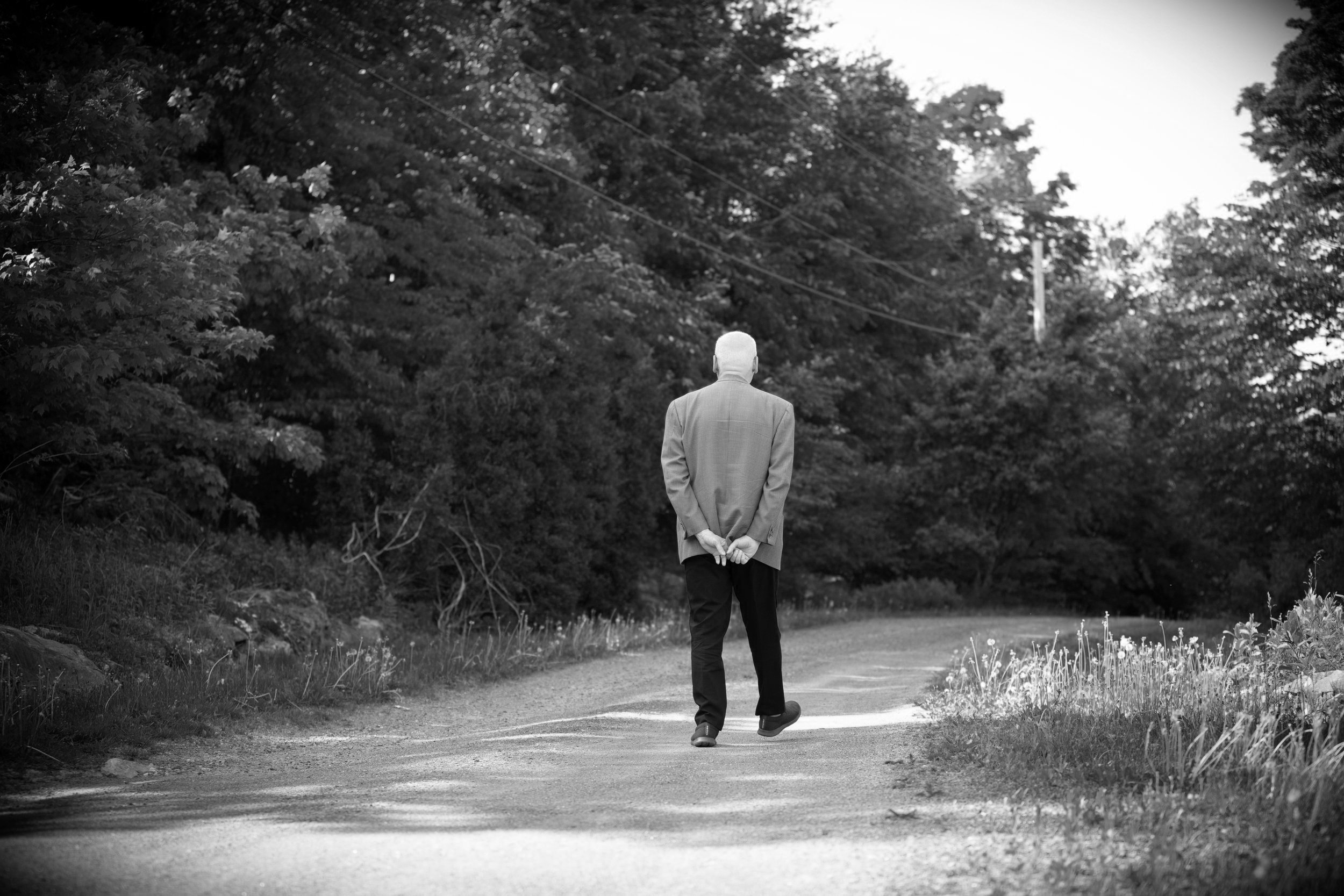
Welcome to my Blog
Thank you for stopping by. This space is where I share research, reflections, and practical tools drawn from my experience as a marriage and family therapist.
Are you a couple looking for clarity? A professional curious about the science of relationships? Or simply someone interested in how love and resilience work? I’m glad you’ve found your way here. I can help with that.
Each post is written with one goal in mind: to help you better understand yourself, your partner, and the hidden dynamics that shape human connection.
Grab a coffee (or a notebook), explore what speaks to you, and take what’s useful back into your life and relationships. And if a post sparks a question, or makes you realize you could use more support, I’d love to hear from you.
Be Well, Stay Kind, and Godspeed.
~Daniel
P.S.
Feel free to explore the categories below to find past blog posts on the topics that matter most to you. If you’re curious about attachment, navigating conflict, or strengthening intimacy, these archives are a great way to dive deeper into the research and insights that I’ve been sharing for years.
- Attachment Issues
- Coronavirus
- Couples Therapy
- Extramarital Affairs
- Family Life and Parenting
- How to Fight Fair
- Inlaws and Extended Families
- Intercultural Relationships
- Marriage and Mental Health
- Married Life & Intimate Relationships
- Neurodiverse Couples
- Separation & Divorce
- Signs of Trouble
- Social Media and Relationships
- What Happy Couples Know
Symbio-sexuality: A New Approach To Advancing Compersion?
The article “Symbiosexuality: New Study Validates Attraction to Established Couples as a Real Phenomenon” by Eric W. Dolan presents the findings of a study conducted by Sally W. Johnston, which explores a concept referred to as “symbiosexuality.”
The study proposes that some folks experience attraction not just to individuals, but to the dynamic energy between people in a relationship.
While the research claims to break new ground in understanding human desire, a closer examination reveals several weaknesses in its conceptual framework, methodology, and broader implications.
Pornography Addiction: Is There Hope? Yes, But We Start By Changing how we talk about it
In the digital age, the accessibility of pornography has skyrocketed, making it essential for mental health professionals to understand its potential impact on individuals and relationships.
While some people use pornography without adverse effects, others may develop problematic patterns that can disrupt their daily lives, relationships, and mental health.
To help identify when pornography consumption becomes problematic, researchers have developed the Problematic Pornography Consumption Scale (PPCS).
The Invisible Burden: Uncovering Family Anxiety Through a Powerful Meme
Memes are more than just amusing internet phenomena; they are cultural artifacts that capture shared human experiences in powerful, relatable ways.
One meme that is emerging but still remains largely under the radar is “the invisible burden.”
This meme poignantly encapsulates the unspoken emotional and mental load carried by many family members, particularly primary caregivers.
This burden is often a significant source of family anxiety, and understanding its roots and implications is crucial for addressing the mental health challenges it creates.
In this post, we will explore how the invisible burden has become such a pervasive issue, discuss its historical and social origins, and consider how we might begin to alleviate this silent weight.
Is Boredom Dangerous? How Our Modern Lives Fuel a Hidden Psychological Crisis
As a family therapist, I observe the impact of this boredom-driven behavior in relationships and communities.
The rise of boredom in the digital age has far-reaching consequences, from interpersonal conflicts to broader societal issues, such as the appeal of populism and radical ideologies.
Understanding the role of boredom is crucial in addressing these challenges and helping individuals find more fulfilling and meaningful ways to engage with the world around them.
Cuffing Season: Why We All Suddenly Want to Snuggle Up When It Gets Cold
Cuffing Season. That magical time of year when the air gets crisp, the days get shorter, and suddenly everyone’s on the hunt for someone to share a blanket—and maybe a Netflix password—with.
If you’ve noticed that your inbox starts buzzing with “Hey, stranger…” texts as soon as the leaves begin to fall, congratulations—you’ve officially entered cuffing season.
While the memes about cuffing season might make you chuckle, a lot is happening behind the scenes. So, grab your pumpkin spice latte, and let’s dive into what makes cuffing season such a big deal.
From Hookup Culture to Neo-Prudism: Are We Witnessing a Return to Romantic Restraint?
The conversation around hookup culture, particularly in the context of feminism, has dominated discussions on modern relationships.
But could we be on the cusp of a cultural shift that sees a new prude ethos emerging, one that challenges the casual sexual norms of today?
As a couples therapist, this possibility isn't just intriguing—it's essential to understand the changing dynamics that could reshape how intimacy and commitment are approached in the coming years.
Meme-Worthy Generational Tensions: A Marriage and Family Therapist’s Take on Boomer vs. Millennial vs. Gen Z Clashes
As a marriage and family therapist, I’ve seen my fair share of generational clashes, but nothing quite compares to the simmering tension between Boomers, Millennials, and Gen Z.
These generational differences affect family dynamics as well as shaping how we perceive work ethics, technology, and social norms.
So, let's dive into this modern-day generational battlefield, armed with humor, social science, and a few choice quotes from the front lines of social media.
The Great Dating Game: Confessions, Disgust, and a Sprinkle of Kindness
Dating—the magical world where we all try to show off our best selves, like peacocks fanning their feathers, but with less color and more awkwardness.
But what happens when the mask slips a little, and we’re forced to admit that we’re not all perfect angels?
What if we had to come clean about something a little less glamorous, like, say, questionable hygiene or a slight tendency to stretch the truth?
Well, grab some popcorn because a recent study published in Telematics and Informatics has dived deep into this very dilemma, and the results are both eye-opening and just a little bit hilarious.
Spoiler alert: Men are more likely to admit to smelling funky, while women might confess to the occasional moral faux pas. Let’s take a stroll through the highlights, shall we?
What Does Sneaky Link Mean?
As a couples therapist, I’ve observed how the digital age has dramatically altered the dynamics of romantic relationships.
Among the most concerning trends is the rise of the "Sneaky Link" meme—a term that has gained widespread popularity on social media, representing secretive romantic or sexual encounters hidden from one’s primary partner.
This meme not only underscores the ease with which infidelity can now be conducted but also reveals a troubling connection to technologically assisted narcissism.
The Maiden, Mother, and Matriarch: Female Life Stages in the Age of Twitter
Ah, the grand circle of life. Not the one with lions and Elton John soundtracks, but the more human version—the maiden, mother, matriarch.
This isn't just a pretty phrase for a Hallmark card; it's an ancient archetype that's survived the ages, even if it's now being dissected, debated, and, of course, meme-ified by Gen Z.
And who better to weigh in on this than an old white male therapist like myself, nestled in the intellectual cradle of Northampton, Massachusetts, where the feminist winds blow strong and the organic kale is always fresh?
Understanding The Difference Between Communal and Pro-Social Narcissism
Narcissism is a multifaceted personality trait that can manifest in ways that are not always immediately recognizable as self-serving.
Two such variations are communal narcissism and pro-social narcissism.
While both forms involve behaviors that appear outwardly altruistic or cooperative, their motivations and the ways they seek validation are fundamentally different.
This post will delve into these more obscure flavors of narcissism, drawing on social science research to explore their characteristics and impacts.
What is a Communal Narcissist?
Ever met someone who seems obsessed with their good deeds, always reminding you (and everyone else) of how selfless and altruistic, or god-fearing and patriotic they are?
You might just be dealing with the aforementioned communal narcissist.
As a couples therapist, I’ve seen the curious case of the communal narcissist unfold more than a few times.
It’s a fascinating blend of narcissism cloaked in community service and activism.
Let’s dive into this intriguing personality type and explore what it means for relationships when one or both partners are communal narcissists.












